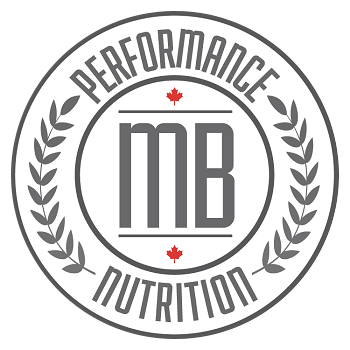Last updated on January 11th, 2024
A Sports Nutritionist Can Fine-Tune Your OCR Nutrition Program to Match Your Training
Nutrition, and especially sports performance nutrition, is not static. There are always changing variables to account for when it comes to planning a nutrition program. Your nutritional requirements will fluctuate with your training program, body composition goals, your health status, and the season of life that you’re in.
Every individual athlete has unique nutritional needs. So while I shared with you Ryan Atkins’ nutritional profile, you can’t just start implementing exactly what he does and expect the same results. That’s where a Sports Nutritionist comes in.
Training cycles vary in specificity, volume and intensity and your nutritional requirements for each training cycle will have to be adjusted accordingly. If you’re looking to fine-tune a program that best fits OCR and your goals for the season, seeking guidance from a Sports Nutritionist is highly recommended.
Every OCR athlete should separate training into different cycles, each of which should have a specific set of goals. This is called periodization and is a training strategy designed to improve your athletic performance and prepare you to do your best at a race.
The preparation cycle is designed to develop aerobic endurance, muscular strength and flexibility. In this phase, you are attempting to overload your aerobic system to improve your capacity and power. Your endurance workouts should be relatively long and of low to moderate intensity. This cycle should last 16 to 20 weeks.
During the preparation phase your workouts tend to be longer and lower in intensity, burning a greater percentage of fat. Your body will rely on an even mix of carbohydrates and fats for fuel. The timing of your protein intake around strength training sessions will be important. This is the best time in your training cycle to decrease weight or body fat without a major compromise in your recovery.
The build cycle is designed to increase intensity and decrease volume as you build power specific to OCR. This is your pre-race cycle and should last 8 to 12 weeks with a focus on improving your VO₂ max and lactate threshold. This is where you would include hill repeats as well as strength training with heavier weights and fewer repetitions while emphasizing explosive power.
During this training cycle it is essential to incorporate high-intensity training as well as adequate recovery. As your race approaches, workouts should be shorter but with increased intensity, and your overall training volume should decrease.
During the build cycle your calorie requirements increase so that you can recover from the higher intensity training. It is not recommended to decrease weight in this phase as it could result in insufficient recovery. It is very important to pay attention to your nutritional requirements during this phase.
The race cycle includes a race taper and the race itself. Depending on the distance of your race, this cycle can be short, moderate or long. Keep in mind, this cycle will not include every single race on your schedule. You can really only have peak performance at 2-3 events per year. The races that are of lesser importance to your season goals are simply just a part of your training program.
Fueling properly during the race cycle will ensure you arrive with a full stock of stored muscle glycogen.
The transition cycle follows your peak race and is designed to provide you 4 to 8 weeks of active recovery. Initially you may even require complete rest for 2 to 4 weeks after the last important race of your season. This cycle lasts anywhere from 4 to 12 weeks before you begin another preparation cycle. Your training volume and intensity should be at the lowest in this cycle than in any other training cycle and should focus on maintaining aerobic conditioning and improving on your weaknesses and technique.
During this rest period you must decrease your calories or you will find yourself gaining weight easily.
As an OCR athlete who strives from optimal training and recovery, it is important that you make everyday food choices that replenish your body’s fuel stores. Much of your success will come from consuming adequate calories and carbohydrates to match your training program for the day. Speaking with a Sports Nutritionist will help set you up for success.
Planning and organization are key to making your training program easier and more effective by making sure you have the optimal foods and required supplements available.


